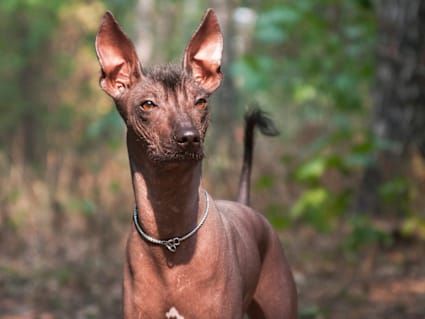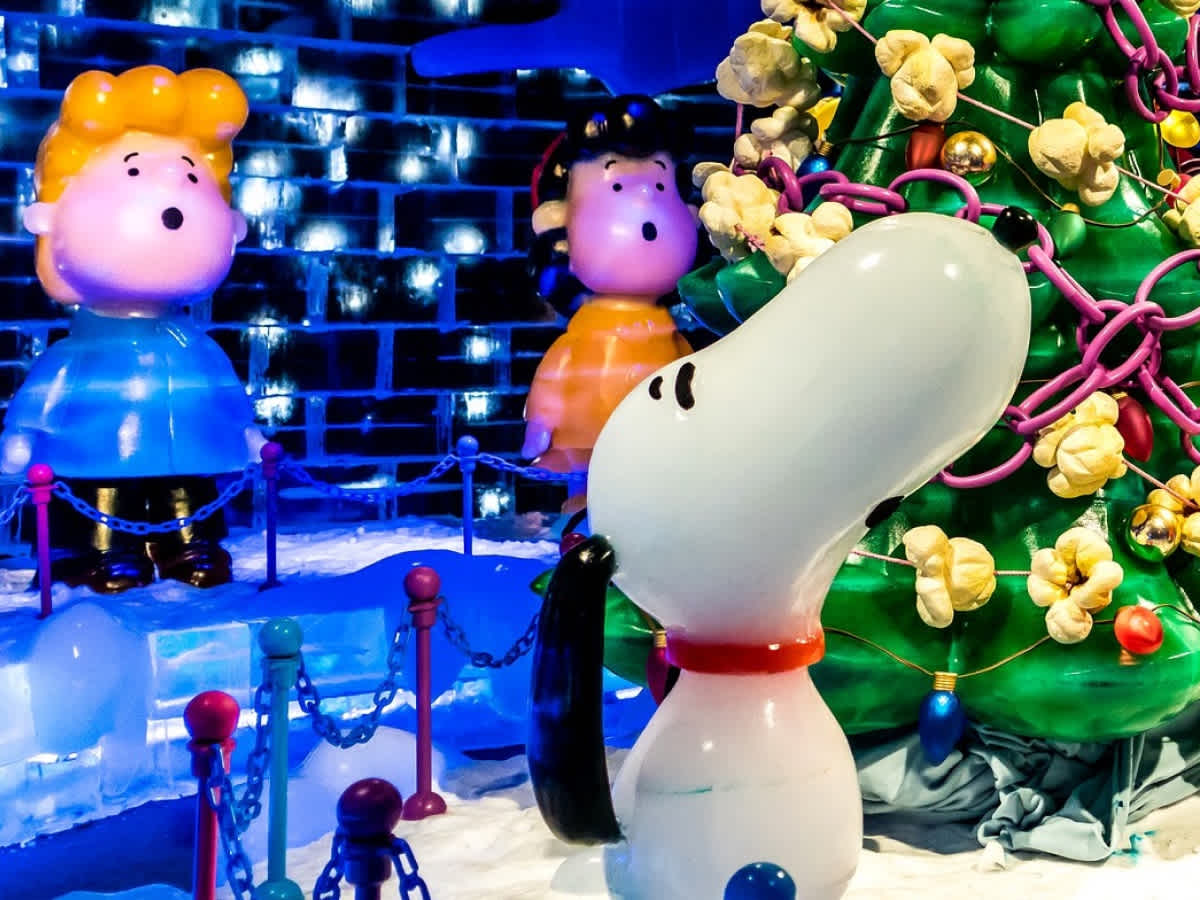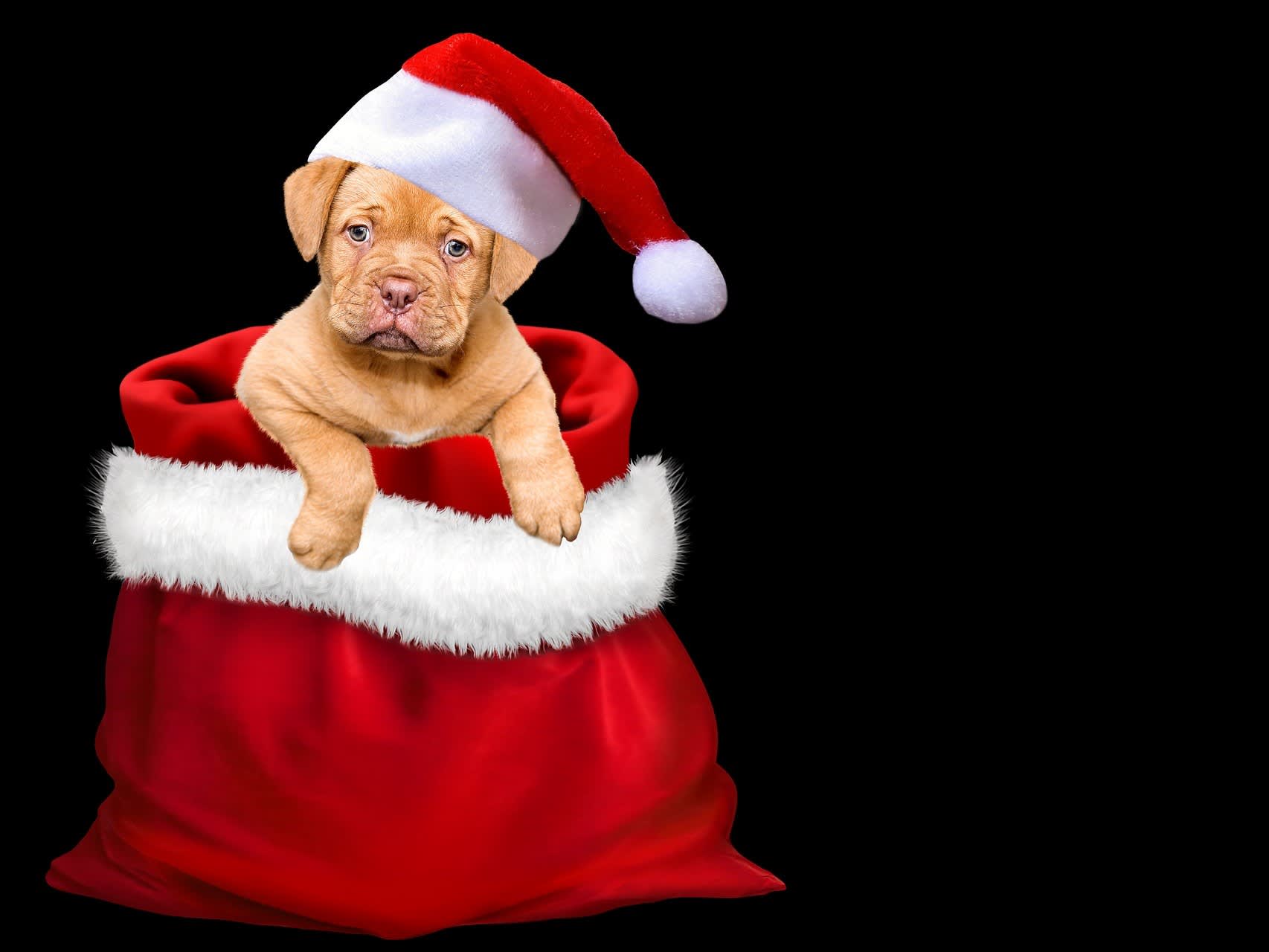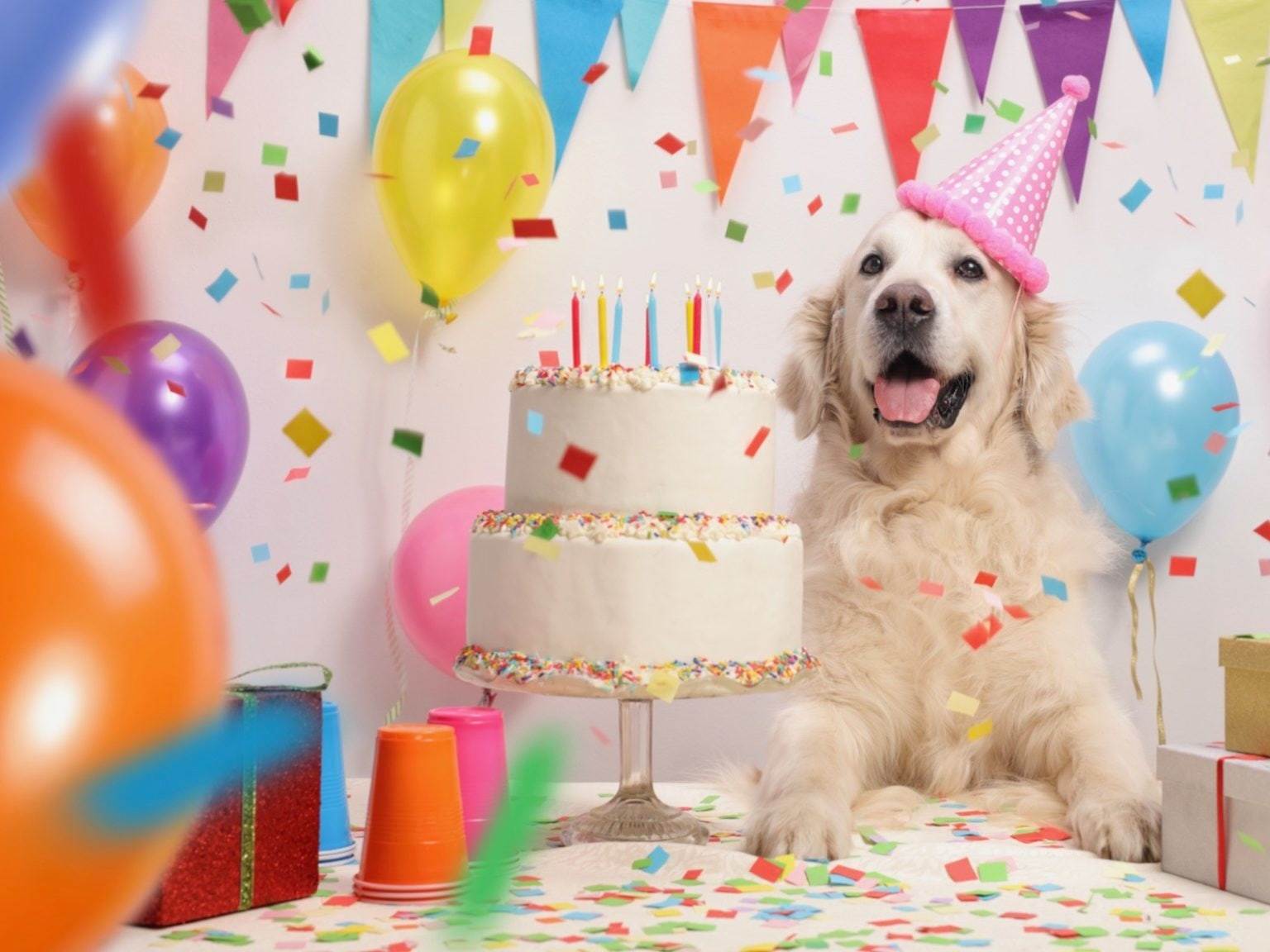Did you know that we can trace dogs and Day of the Dead, or Día de los Muertos, all the way back to ancient civilizations?
Day of the Dead has roots in Aztec and Maya traditions. Today, it’s an important part of Mexican culture. Modern Día de los Muertos takes place on November 1–2. It is a time to remember and pay respects to family members who have passed away. Sometimes, this ceremony of remembrance includes non-human family members as well, as people create altars to honor their furry loved ones.
But dogs have played an important role in Día de los Muertos long before the modern celebrations that we know today. According to Aztec tradition, dogs were humankind’s best friend not only in this life, but also in the afterlife.
The historical significance of dogs on Day of the Dead
One breed in particular is associated with Día de los Muertos: the Xoloitzcuintli (Xolo for short), formerly called the Mexican Hairless Dog. This ancient breed gets its name from the Aztec language, from “Xolotl,” the name for the god of lightning, and “itzcuintli,” which means “dog.”
The Aztecs (as well as the Maya and the Toltecs) considered Xolos sacred. They believed the dogs guided the souls of the dead through the underworld. Archaeologists have dug up ceramic dog statues, as well as skeletons, suggesting that ancient people were often buried with their Xolos so they could stay together in the afterlife.

DNA gave archaeologists clues about dogs and Day of the Dead
Xolos have a striking appearance—they lack fur on their bodies, except for the occasional tuft on top of their heads. Hairlessness is caused by a dominant mutation in the FOXI3 gene. That same variant also causes missing teeth, a condition called canine ectodermal dysplasia. Those missing teeth helped archaeologists identify Xolo remains when they were excavating ancient Aztec sites.
In an article called “The bald and the beautiful,” scientists found that the FOXI3 mutation in Xolos is also shared with Peruvian Inca Orchid and Chinese Crested Dogs, suggesting a link to a common ancestor. There is also some evidence that rare mutations in the same FOXI3 gene in humans can cause an underdeveloped outer ear.
Because they don’t have hair, Xolos give off more heat than other dogs. That heat production plus their friendly demeanor made them great companions, especially when times were cold. The Aztecs thought the Xolos’ warmth had healing powers, and even tucked their dogs in blankets at night to keep them warm.
The Xolo: an ancient breed that survives today
The Xolo is one of many breeds that lived in the Americas before Christopher Columbus arrived (commonly called “pre-Columbian” dogs). But the Xolo is one of only a few ancient breeds that survived to today. These pre-Columbian dogs descend from the dogs that ancient humans brought with them when they crossed over the Bering land bridge from Siberia.
Xolos and other hairless dogs, like the Peruvian Inca Orchid and Chinese Crested Dog, share the same variant in the FOXI3 gene that causes hairlessness. However, some recessive mutations for hairlessness exist in other breeds (like the American Hairless Terrier). Like these other breeds, the Xolos of today inherited their hairlessness from the ancient Xolos the Aztecs knew.
So does that mean the Xolos we know today share a lot of DNA with those ancient Xolos? Not exactly. Scientists say that, aside from the variant for hairlessness, most of the Xolo genome comes from the dogs that migrated with European explorers, not from the early American dogs.
Día de los Muertos and dogs in pop culture
You might already know a famous cartoon Xolo related to Día de los Muertos—the dog Dante in the Disney movie Coco! In the movie, Dante guides the main character, Miguel, through the Land of the Dead as he meets his ancestors.
Artists Frida Kahlo and Diego Rivera also famously adopted a few Xolos and included them in their paintings. Today, the grandpuppies of those Xolos live and play on the grounds of the Museo Dolores Olmedo in Mexico City. Since its storied and ancient past, the Xolo has become a symbol of pride in Mexican heritage and culture.

Remembering dogs on Day of the Dead
Making an altar (or ofrenda) for beloved dogs who have passed away has become a part of some modern Day of the Dead celebrations. The altar often includes the dog’s photo, favorite toy, or favorite treats.
Do you celebrate Día de los Muertos? We would love to hear about how you commemorate your pets that have crossed over the Rainbow Bridge. Share with us at @embarkvet on Instagram, Facebook, or Twitter.
Read more about the shared history of dogs and humans and how that relationship spans our lives—and afterlives.















